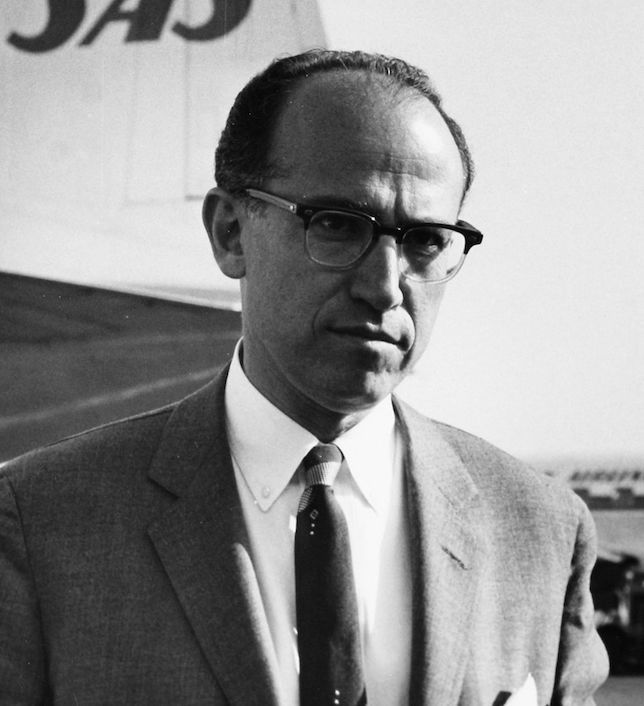Article
The Virus Research of Jonas Salk Led to Polio Vaccine
Author(s):
For this edition of Throwback Thursday, we look back in time at Jonas Salk and his research.
Welcome to Throwback Thursday, Pharmacy Edition. After all of the positive feedback from fellow pharmacists who enjoyed learning about the history of soda fountains and their pharmacist inventors, we decided to start a regular weekly column, where we feature a piece of pharmacy history.
As a graduate of the University of Pittsburgh School of Pharmacy, housed in Salk Hall, I thought, 'What better way to start a Throwback Thursday feature than with a tribute to Jonas Salk?'

Jonas Edward Salk was born in October of 1914, in New York City.1 The eldest of 3 sons, he was the first member of his family to attend college. In 1939, he earned his medical degree from the NYU School of Medicine and worked as a scientist physician at Mount Sinai Hospital.1
Several years later, while on a vaccine research fellowship at the University of Michigan, Salk became an assistant professor of epidemiology. He worked closely with his mentor, Thomas Francis, Jr, who taught him the methodology of vaccine development.
By 1947, Salk was appointed director of the Virus Research Laboratory at the University of Pittsburgh School of Medicine, where he began working on the early stages of a vaccine for paralytic poliomyelitis. Contrary to belief, Salk believed that his vaccine, made of “killed” polio virus, could immunize the patient without risk of infection. He tested this vaccine on a few healthy volunteers who had not had polio, including himself, his family, and colleagues—all developed antipolio antibodies and had no negative reactions to the vaccine.
After national testing on 1 million children, ages 6-9 years, known as the "Polio Pioneers," it was announced in 1955 that the vaccine was safe and effective.1 In the 2 years before the vaccine was widely available, there were more than 45,000 cases of polio in the United States—this number dropped to 910 in 1962.1 Salk never patented the vaccine or earned any money from his discovery, as he preferred it to be as widely distributed as possible.
With a grant from the National Science Foundation and support from the March of Dimes, he founded the Salk Institute for Biological Studies in La Jolla, California, in 1963. Salk’s last years were spent searching for a vaccine against AIDS. He died at the age of 80 in 1995.1
Salk's philosophy is memorialized with his famous quote: “Hope lies in dreams, in imagination, and in the courage of those who dare to make dreams into reality.”1
The Salk Institute is today home to many scientists, who conduct medical research on a variety of topics such as aging, cancer, immunology, diabetes, and more.
Reference
Salk Institute for Biological Sciences. History of Salk: About Jonas Salk. Salk Institute website. https://www.salk.edu/about/history-of-salk/jonas-salk/. Accessed February 27, 2019.





